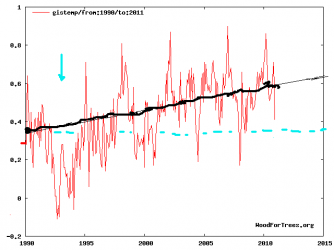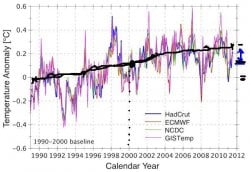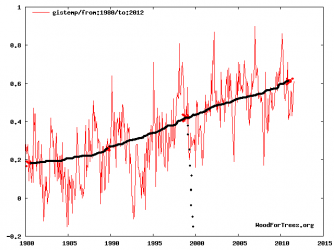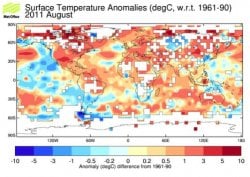LOL. In other words, you were caught again. And, since the temps worldwide have been going up for 150 years, and rather rapidly in the last 30 years, you have no real reply. Look at that map. We are in the second La Nina this year. Yet the map has the measles. Just a few minor areas cooler than the norm.
Walleyes, once again you have been proven full of shit. Sure, it's going to get cooler. You have been stating that since you started posting. But it has continued warming in spite of a low TSI and some very strong La Ninas. As a prophet, you had better keep your day job.
Well, you know, considering the LITTLE ICE AGE ENDED 150 years ago I would EXPECT the global temperatures to GO UP you half wit. My gosh do you have ANY education?
As far as your contention about the supposed increase in warming there is only corrupted data to support your contention, on the other hand we have three years running now where the winter temps have been dropping and additionally now the summers are getting shorter and things are dying of cold in the beginning stages of the Fall season.
The only person more full of shit than me is you MENSA boy!
 ...
...


 Well, of course records are the extreme, but the area of 15,000,000 sq miles will produce much more records.
Well, of course records are the extreme, but the area of 15,000,000 sq miles will produce much more records.



